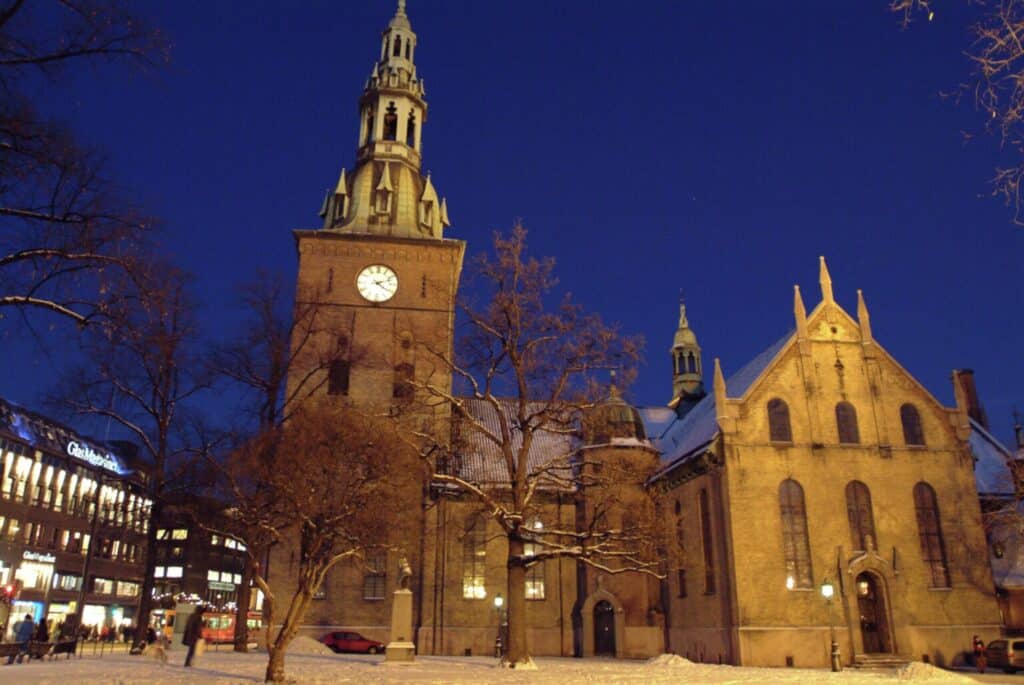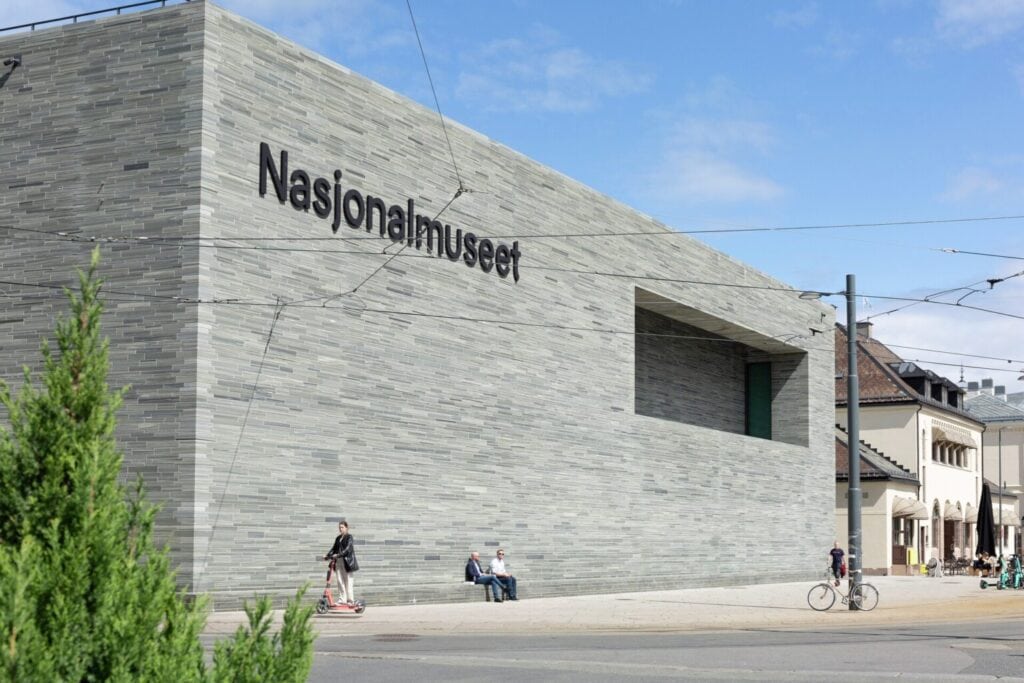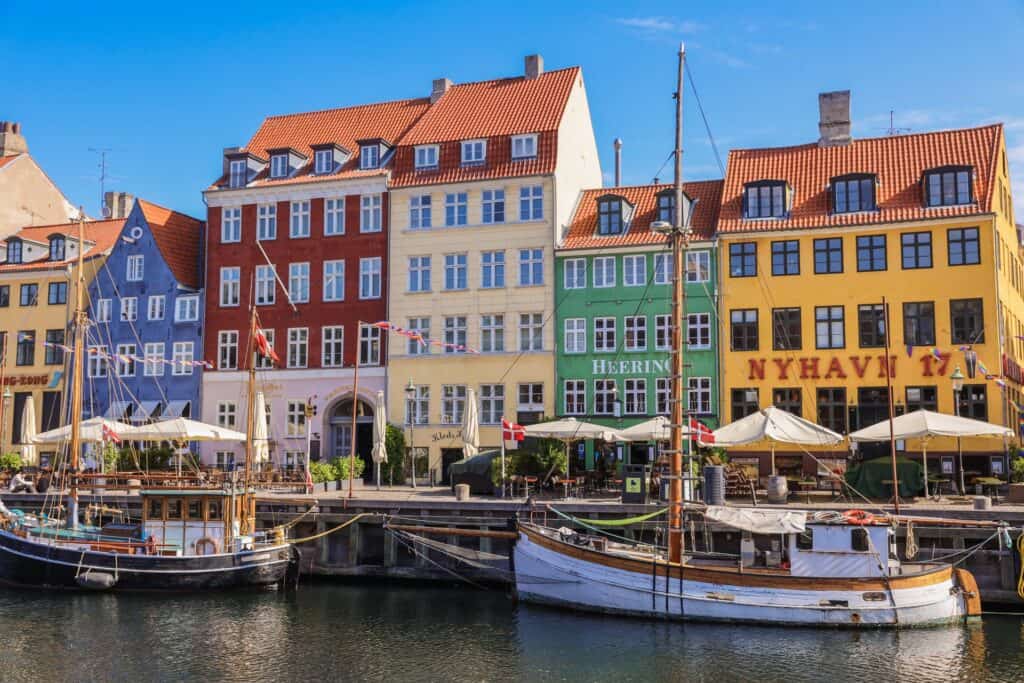Introduction to Nordic and Scandinavian Countries
The terms “Scandinavian nations” and “Nordic nations” are often used interchangeably, but they represent distinct geographical and cultural entities in Northern Europe. The Scandinavian nations traditionally include Denmark, Sweden, and Norway, while the Nordic nations encompass a broader group that includes Finland and Iceland, along with the three Scandinavian countries. This differentiation is crucial for understanding the complex history and cultural ties that bind these nations together. Lets explore the facts about the Nordic and Scandinavian Countries

Geographically, the Nordic nations share a unique landscape characterized by fjords, mountains, and vast forests, contributing to their peoples’ customs and lifestyles. The history of these regions is rich, marked by a shared Viking heritage, which influences contemporary cultural norms and social structures. The historical interactions between these nations have fostered close linguistic ties, sharing similar languages, particularly among the Scandinavian countries, which belong to the North Germanic language group.
Examining the demographics of the Nordic nations is vital for grasping their social dynamics. Each nation boasts distinct population statistics, with capital cities each reflecting a unique blend of culture, governance, and historical significance. For instance, Stockholm in Sweden, Oslo in Norway, Copenhagen in Denmark, Helsinki in Finland, and Reykjavik in Iceland each serve as political, economic, and cultural hubs, shaping the identity of their respective countries.
Understanding the population distribution and capital cities of the Nordic and Scandinavian nations unveils the diverse identities and values held within the region. As we explore these nations further, the interplay of geography, history, and culture will become clearer, enabling a more insightful appreciation of the Nordic nations and their contributions to the global community.
Population Overview of Nordic and Scandinavian Countries
The Nordic and Scandinavian nations, comprising Denmark, Norway, Sweden, Finland, and Iceland, portray a fascinating demographic landscape characterised by relatively small populations, yet expansive territories. As of the latest available data, the total population of these nations combined is approximately 27 million, with individual populations ranging from Iceland’s modest 370,000 to Sweden’s more substantial 10.5 million. These figures reflect not only the geographic size of each country but also the varying urbanisation rates and population densities.
When assessing population density, stark contrasts become evident. For instance, while Sweden is home to major urban centers such as Stockholm and Gothenburg, areas in Norway and Finland experience lower density, particularly in their rural regions. The capital cities—Copenhagen, Oslo, Stockholm, Helsinki, and Reykjavik—serve as hubs for economic activity and cultural exchange, contributing significantly to the population concentration in urban areas. Each city exhibits unique characteristics in terms of growth trends, influenced by factors like migration, birth rates, and aging populations.

Moreover, migration patterns significantly impact the demographics of the Nordic and Scandinavian nations. Many of these countries have seen increases in population due to immigration, attracted by opportunities, political stability, and a high quality of life. For example, Sweden’s progressive policies towards refugee admissions have resulted in substantial demographic shifts, while Denmark has adopted a more cautious approach, impacting its cultural and ethnic diversity differently. Understanding these population dynamics is crucial for analyzing the economic, social, and political implications within the Nordic context.
In conclusion, the population overview of the Nordic and Scandinavian countries reveals a complex interplay between urbanisation, migration, and demographic trends. Each nation showcases distinct characteristics, contributing to a diverse socio-cultural fabric across the region.
Capital Cities of the Nordic and Scandinavian Nations
The Nordic and Scandinavian nations, known for their stunning landscapes and rich histories, boast a range of unique capital cities that each offer a glimpse into their respective cultures and governance. These cities not only serve as the political centers of their nations but also as vibrant hubs of culture, economy, and heritage.
Oslo, the capital of Norway, is nestled between the Oslofjord and forested hills, providing a spectacular natural backdrop. A historical site of the Viking Age, Oslo today is known for its blend of modern architecture and historical landmarks, such as the Akershus Fortress and the National Museum, which houses Edvard Munch’s iconic painting, ‘The Scream.’

Stockholm, the capital of Sweden, spans across 14 islands, connected by over 50 bridges. This cosmopolitan city is famous for its beautiful waterways and well-preserved medieval architecture in the Gamla Stan (Old Town). Notable attractions include the Royal Palace, the Vasa Museum, and Skansen, an open-air museum showcasing Sweden’s culture and history.
Helsinki, Finland’s vibrant capital, is known for its design and architecture, characterized by a mix of neoclassical and modernist structures. The city is a UNESCO World Heritage site with highlights like the Senate Square and the Uspenski Cathedral. Its coastal location along the Gulf of Finland adds to its charm and significance as a cultural and economic center.
Reykjavik, the northernmost capital city in the world, is the capital of Iceland. This small yet dynamic city is famous for its unique blend of natural beauty and urban life, highlighted by landmarks such as Hallgrímskirkja and the Harpa Concert Hall. Reykjavik’s vibrant arts scene and dedication to sustainability make it a significant player in the Nordic context.
Copenhagen, the capital of Denmark, is characterized by its historic canals, colorful townhouses, and the famous Tivoli Gardens. The city’s rich maritime history is evident, alongside its modern lifestyle, making it a focal point for both tourism and commerce in the Scandinavian nations.

Each of these capital cities contributes uniquely to the identity of their respective nations, reflecting the shared heritage and diversity of the Nordic countries. Understanding the significance of these urban centers reveals the cultural and historical landscapes that shape the lives of their populations.
Conclusion: The Significance of Nordic and Scandinavian Nations
In conclusion, the exploration of the Nordic and Scandinavian nations provides valuable insights into the diverse populations and distinct capital cities that shape this unique region. With countries such as Sweden, Norway, Denmark, Finland, and Iceland, these nations offer a rich cultural tapestry that is worthy of recognition and study. Each capital city, from Stockholm to Copenhagen, plays a significant role in reflecting the values, history, and contemporary life of its respective country.
Understanding the demographics and characteristics of the Nordic nations is not only essential for travelers seeking immersive experiences but also for researchers and educators aiming to engage with the cultural and social dynamics of Northern Europe. The populations of these countries provide a backdrop to their innovations in sustainability, social welfare, and economic development, making them models for study in various fields.
Moreover, the knowledge of how each Scandinavian nation operates at the intersection of tradition and modernity allows for deeper appreciation of their contributions to global culture. By exploring factors such as social structure, education systems, and governance, individuals can gain a better understanding of what makes these nations stand out.
This information serves to spark curiosity and encourage exploration, inviting readers to delve into the specifics of each country. Whether through travel, academia, or casual interest, engaging with the Nordic nations fosters a broader perspective on global trends and cultural exchanges. Thus, it is beneficial for everyone, from policymakers to curious learners, to explore and embrace the uniqueness of these societies, their populations, and their capital cities.





